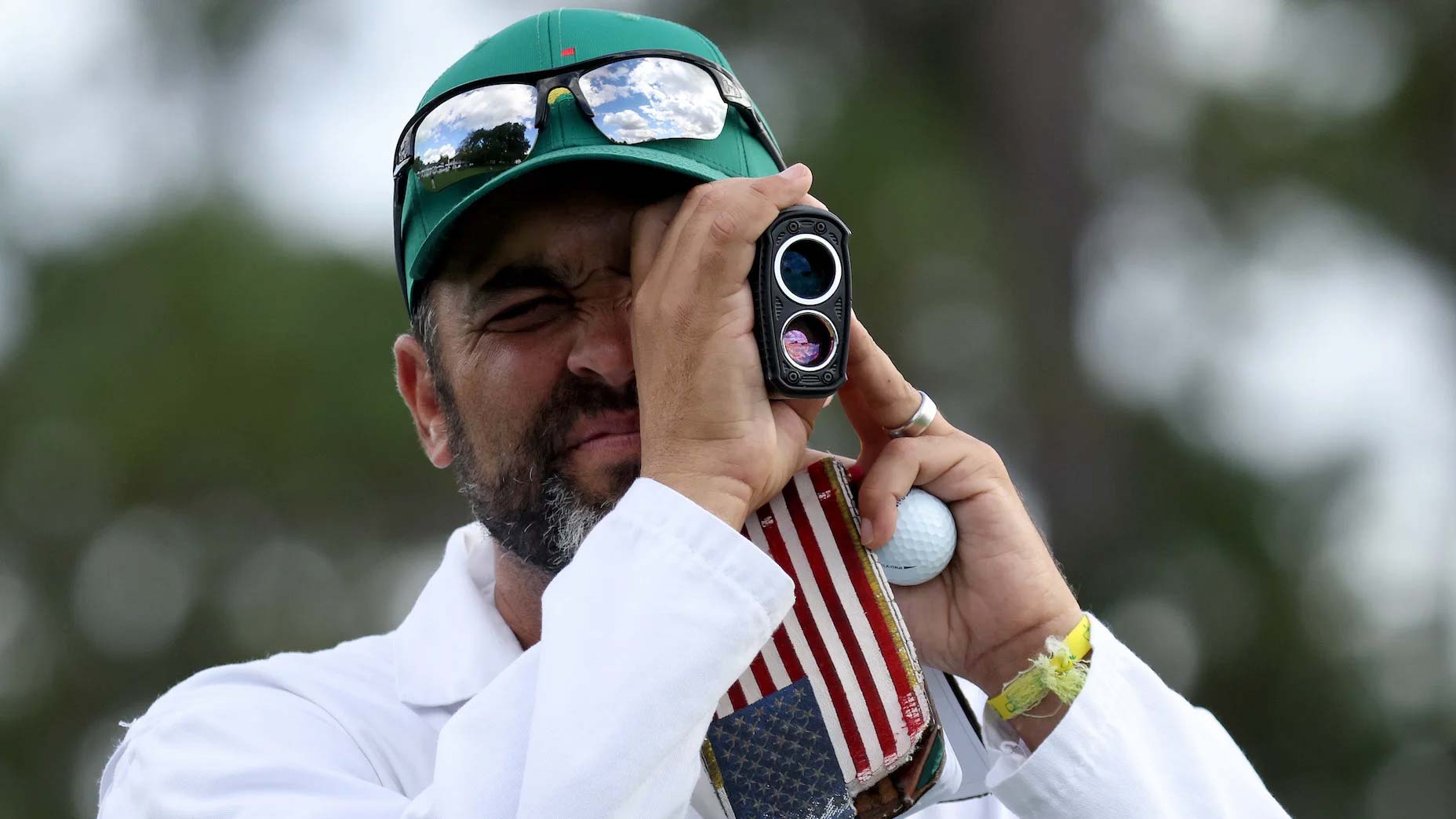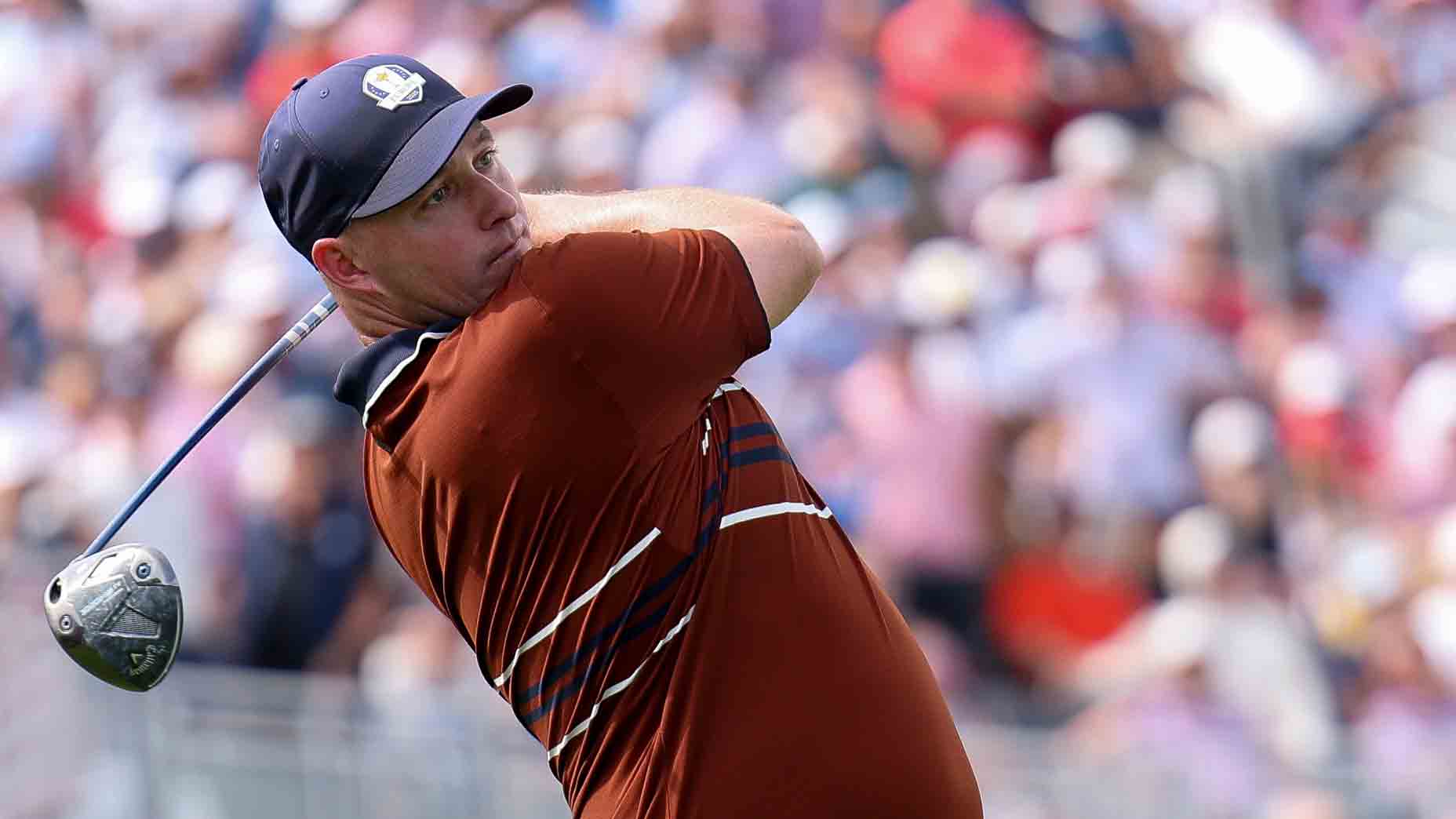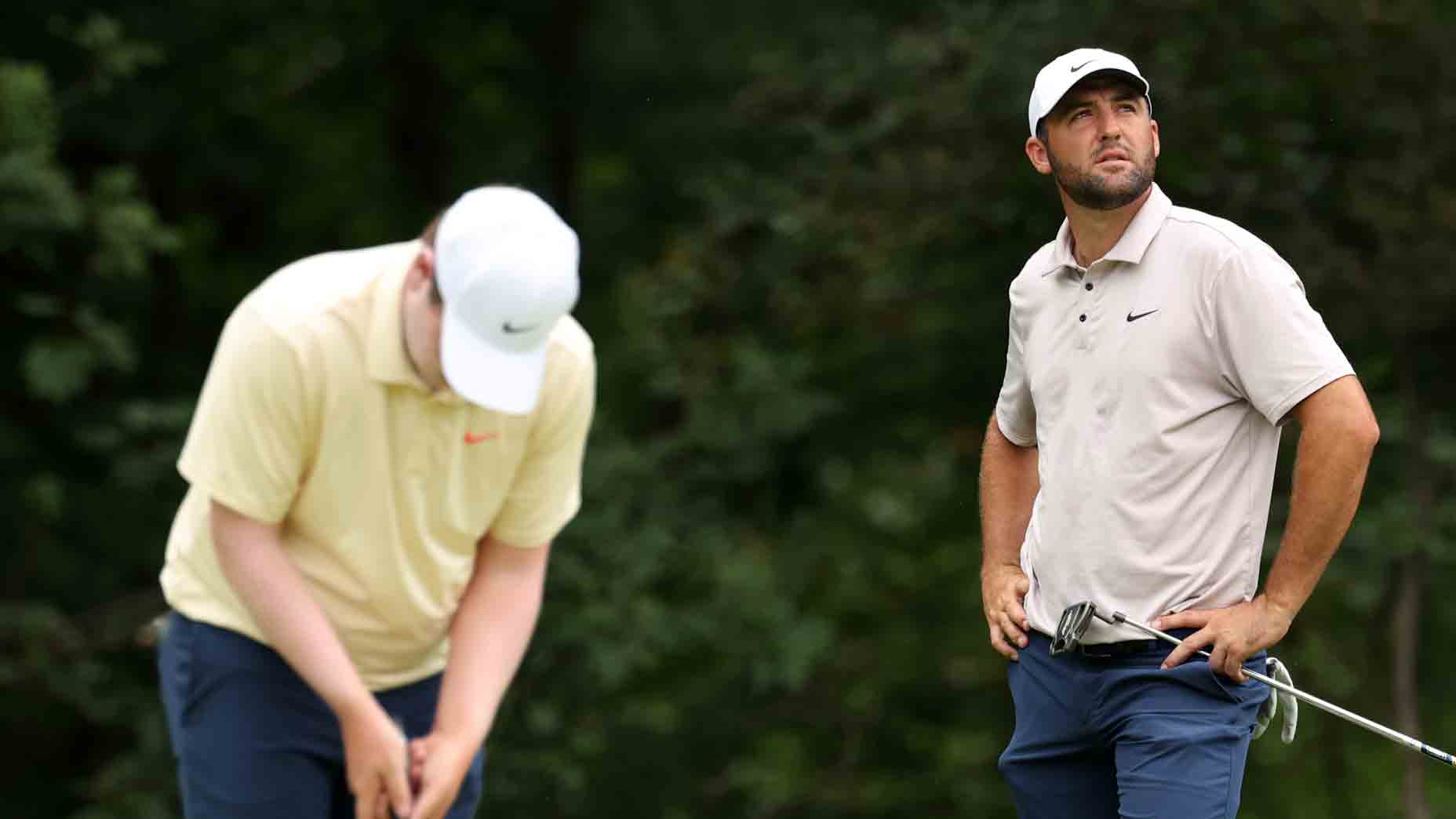This Sunday, Jordan Spieth and Henrik Stenson had a particularly notable brush with the Rules of Golf when they reached No. 9 at Albany Golf Club — but teed off on No. 17 instead. (The tee boxes had been shifted for the final round.) The violation led to a two-stroke penalty for each player and this hilarious breakdown of the situation in a post-round session with reporters:
Henrik Stenson’s deadpan explanation of playing from the wrong tee is hilarious pic.twitter.com/z3259GR2NT
— Dylan Dethier (@dylan_dethier) December 6, 2021
But it was a different rules nugget — also involving Jordan Spieth and his caddie — that captured my attention. Like any good golf rules minutiae, it’s pretty much unimportant and irrelevant, but that’s why it’s intriguing. I won’t claim to know the rules like the back of my hand but I do enjoy when they’re pushed past their logical boundaries, so I’ve launched investigations into what happens if you hit the ball on the wrong island at TPC Sawgrass or if your ball stops on Hogan’s Bridge at Augusta National or whether a ball embedded in the side of the hole counts as an ace. None of this stuff really matters except when it suddenly does.
So on Friday morning, as Spieth was finishing pre-round preparations on the putting green, an exchange between Spieth’s caddie Michael Greller and two PGA Tour employees caught my attention.
Tour media official Jack Ryan was standing with scoring official Rick Wild; they were observing the action on the first tee and musing about how far it was to fly it past the waste area on the right.
Wild asked Greller for the carry number.
“Is there some rule where if I tell you, I get in trouble?” Greller responded.
“No,” the official responded. “In fact, you could shoot it with a laser right now and it wouldn’t matter.”
Hm! I hadn’t considered this possibility, and judging by his reaction I’m not sure Greller had, either. Wild explained further: distance-measuring devices are barred from PGA Tour competitions, but only during a player’s actual competitive round. Players and caddies use them all the time during practice rounds to gather information and make notes they’ll use later. Under those same rules, a caddie could shoot distances pre-round with a laser and not be penalized. In fact, a caddie could stand on the first tee at the beginning of the round and gather information before their player began his round. An intriguing loophole.
The official pointed out that the Tour wouldn’t allow caddies to walk inside the ropes with other groups in the morning before an afternoon tee time, say, to get distances. But I could see Greller’s wheels turning as he considered the possibilities anyway.
So does this really matter? Probably not. I guess I could imagine a particularly detail-oriented caddie trekking around on Sunday morning with a laser just to double-check that the pin sheets for that afternoon have the numbers correct. But it’s more realistic to imagine that the wind has shifted from a practice round and a caddie relatively new to a course would want to shoot a tree, or a bunker, or a green.
Take No. 10 at Riviera, the drivable par-4 with a slippery green and a set of terrifying bunkers. Sure, your yardage book has pretty much all the information you’ll need, but it couldn’t hurt to give that flagstick a quick zap 10 minutes before your tee time, just to get the exact number and strategize accordingly.

Or imagine you’re starting on the back nine on Friday at Mayakoba — a rare nine that begins with a par-3 — and you want an exact yardage to the hole. No worries! Get your caddie to the tee a few minutes early and you’re good to go. Maybe that’s what Chris Kirk did this year when he started his round with an ace.
Typically it’s helpful to connect these rules lessons to something in your own game. In this case, I’m not sure it applies — rangefinders are allowed at most non-Tour events. But I guess it’s something to tuck away while you’re working on your game. Once you make it on Tour, every little advantage counts.










